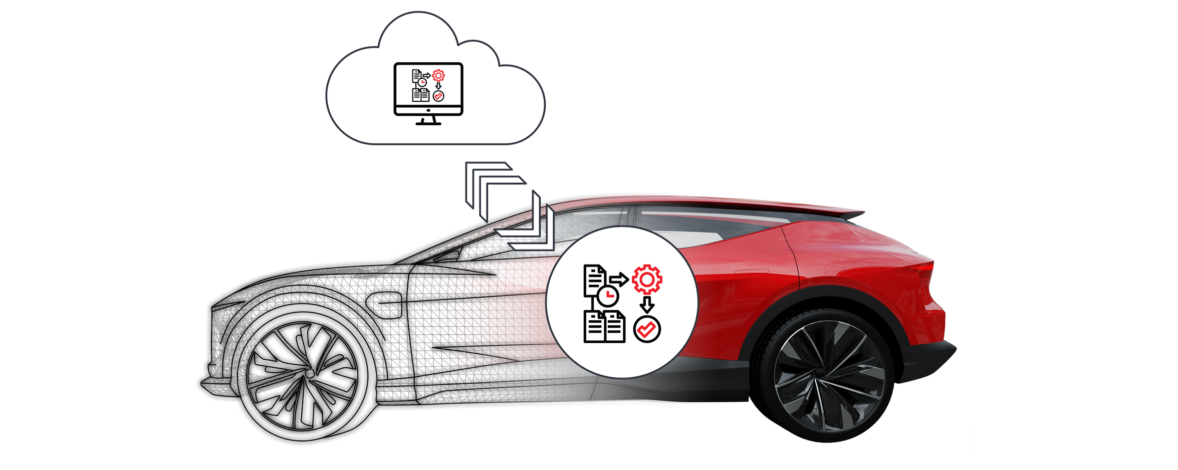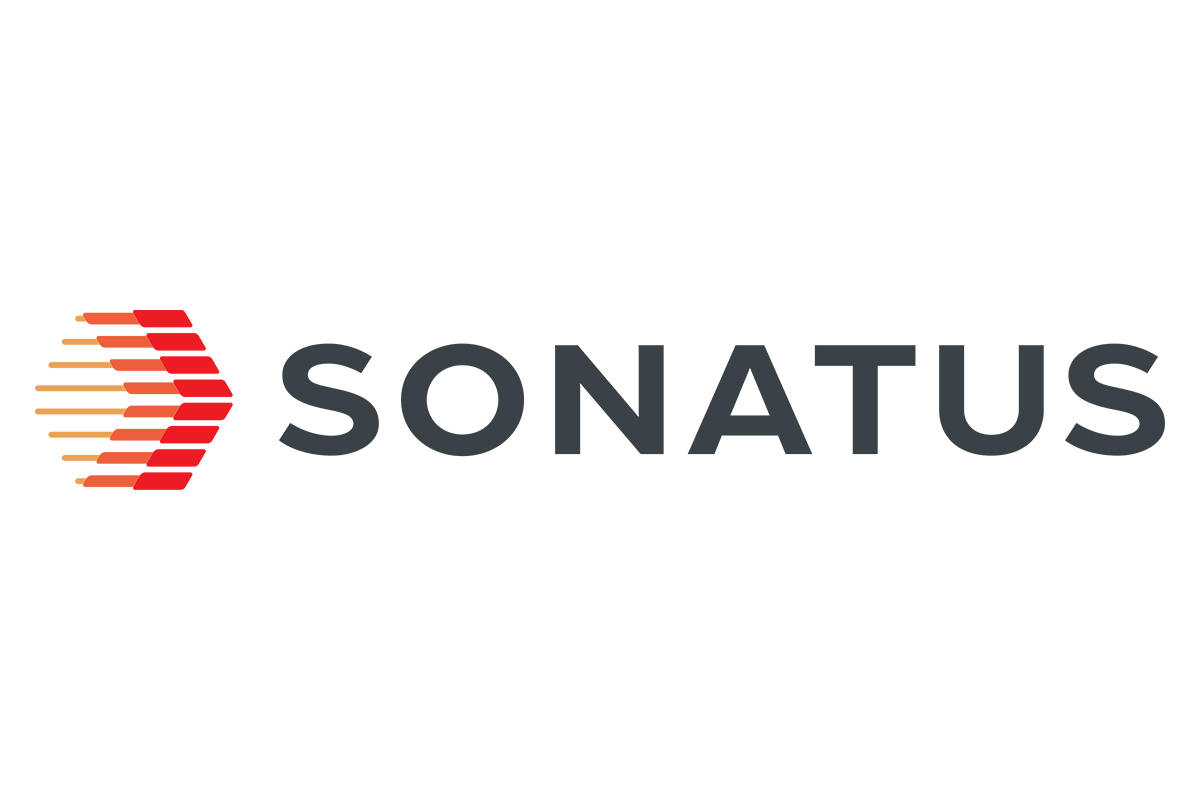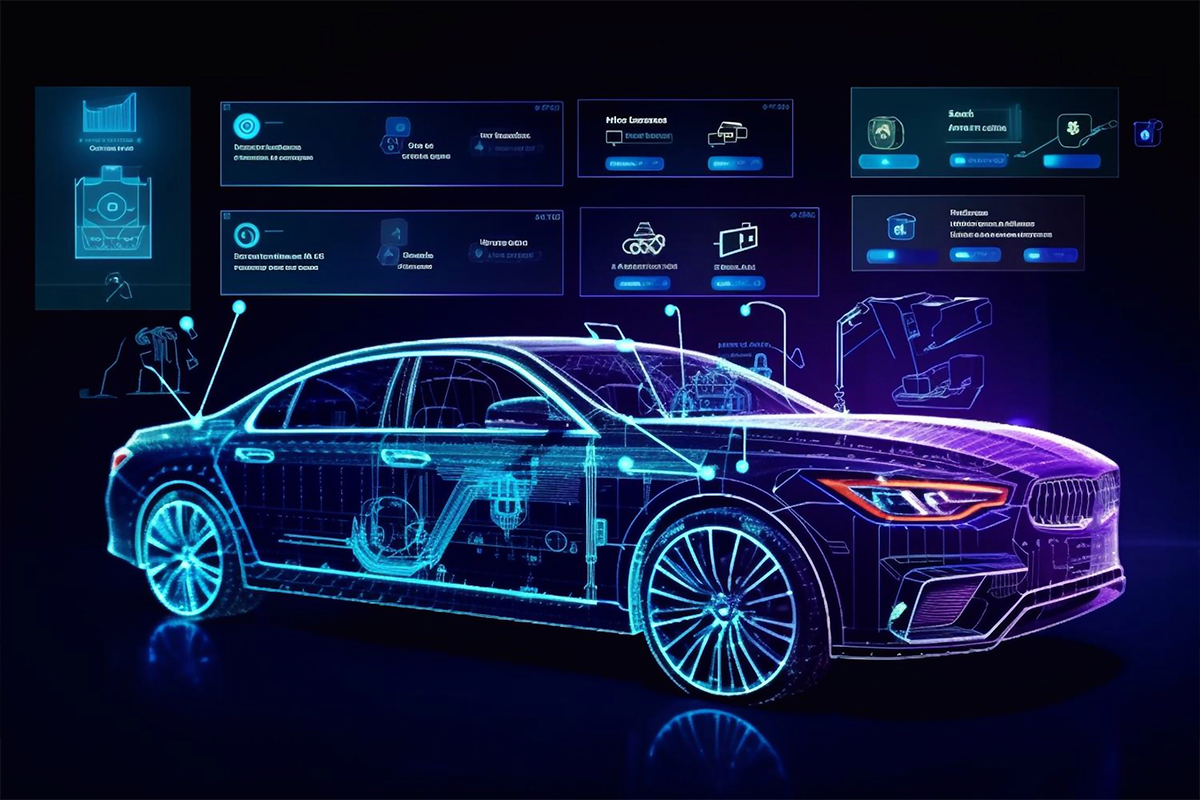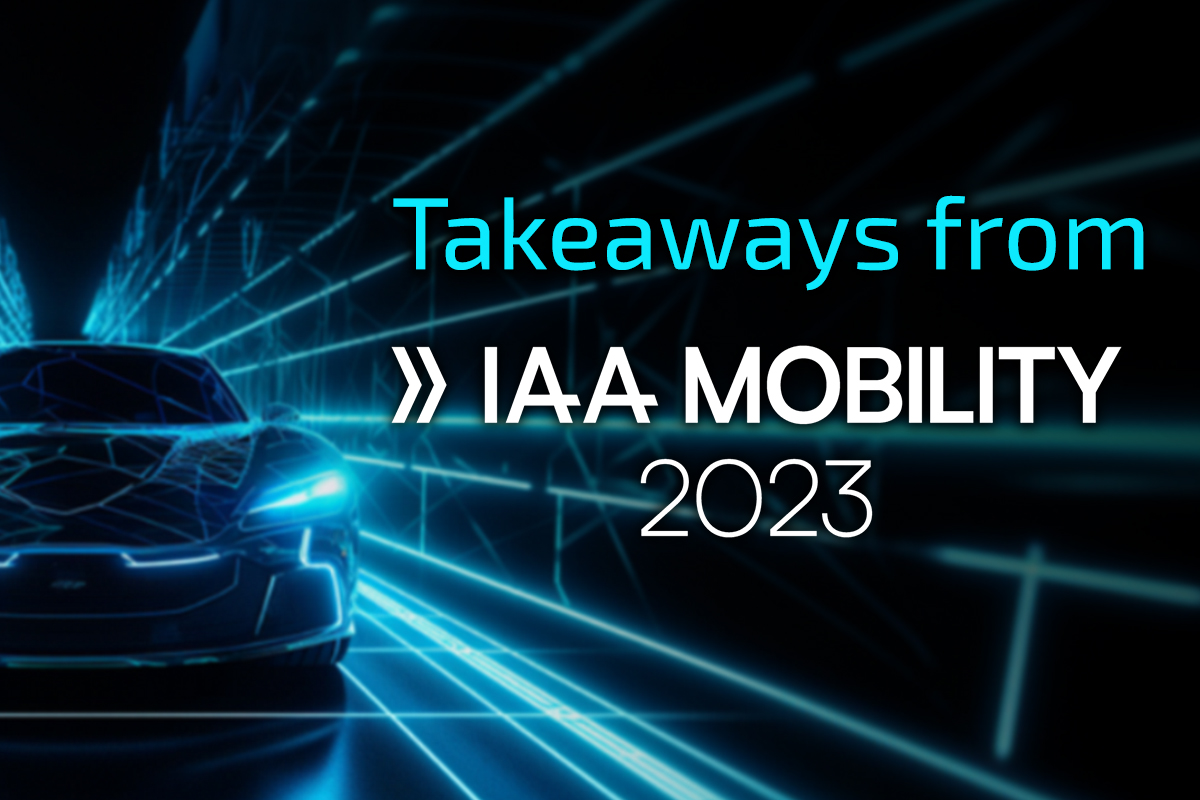When we founded Sonatus, our goal was to accelerate the shift to vehicles powered by modern software, leveraging our background in similar software-defined technologies in networking and data centers. It has been an amazing journey so far, with our technology widely adopted in volume production vehicles today. We are expanding rapidly, with our products set to be deployed in dozens of models and millions of vehicles by 2024. Today our customers are shipping vehicles incorporating two products from our Sonatus Vehicle Platform, starting with Sonatus Foundation, which provides the critical capabilities needed to deliver a software-defined vehicle, such as network configuration, application management, data management, and much more. Also shipping in production is Sonatus Collector, which provides an industry-leading dynamically configurable data collection product for vehicles.
Today we are proud to introduce our next generation product, Sonatus Automator. It delivers even more powerful capabilities and unlocks new use cases spanning the vehicle life cycle. Software in vehicles today is carefully engineered and thoroughly validated, and rightly so due to the safety and security requirements for vehicle applications. However, this development and validation cycle can be a significant impediment to using software to its full potential. Moreover, the time required for development and testing can impede responsiveness to changing needs from different parts of the ecosystem, including urgent needs or problems.
Automator addresses this challenge by providing a rich capability for vehicles to take actions without coding, empowering authorized users from across the value chain to contribute to vehicles in a safe, efficient manner, and deploy those innovations rapidly. No solution today enables this powerful set of capabilities, nor provides the ability to respond as rapidly when the need arises. The uses of Automator are countless, but I’d like to highlight just a few examples that will deliver significant value:
- Enabling driver personalization. OEMs may choose to use Automator to enable user customization features post sales, similar to what other leading OEMs have announced.
- Feature prototyping. Automator can empower product designers to develop and trial new features in prototype vehicles more easily, even if those are later delivered in production with a full software update.
- Cost-effective production testing. With production testing growing in complexity, Automator can be used to deploy self-test during production or pre-sales to ensure vehicle quality while reducing production costs.
- Diagnosing and responding to field problems. Diagnosing issues that could lead to recalls is difficult, but Automator can enable rapid deployment of diagnostics and, in some cases, remote fixes, potentially preventing costly recalls.
- Next-generation telematics and fleet management. Today’s telematics and fleet solutions are limited in their configurability. Automator, either by itself or in combination with Sonatus Collector, can significantly improve telematics capabilities for OEMs and enable revenue-generating customizable fleet services.
Our history of successful production deployments demonstrates how OEMs and tier-1s can partner with software innovators like Sonatus to provide critical capabilities, while still retaining their ability to deliver their differentiated experiences to their customers. We believe Sonatus Automator can extend that capability to enable OEMs to deliver even more powerful experiences that will improve quality, reduce cost, enable value-added services, and improve the customer experience. We look forward to seeing the creative innovations the industry will develop with this new capability.
Jeff Chou
CEO & Co-founder
Sonatus
contact@sonatus.com



